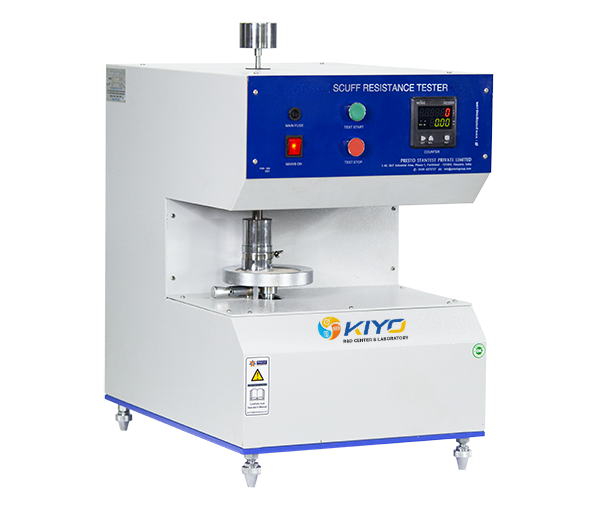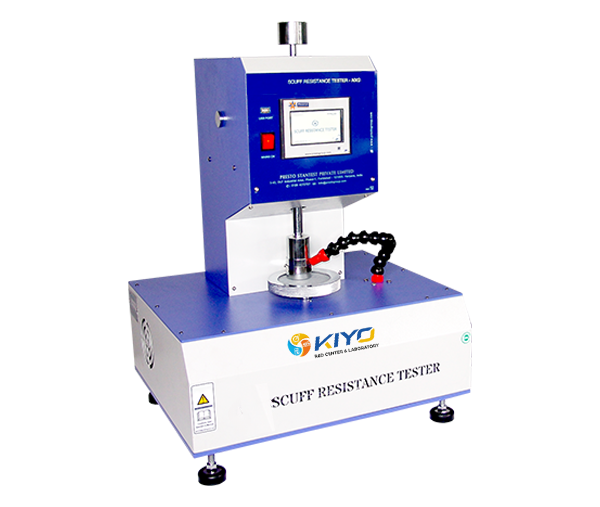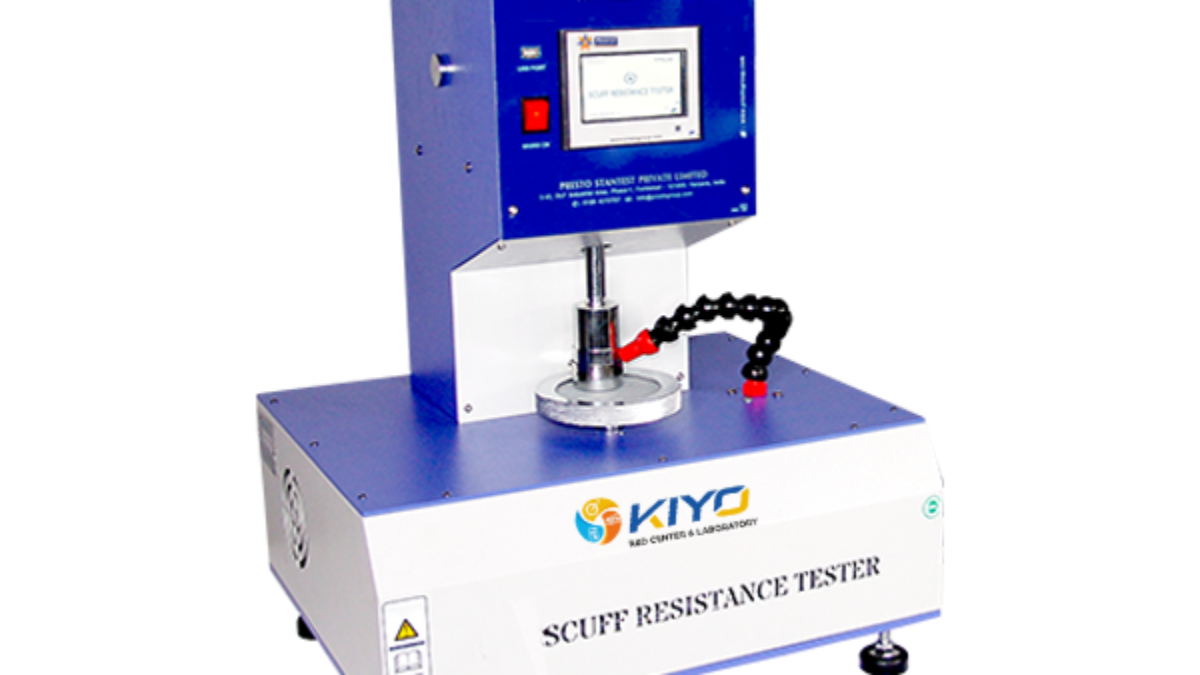Scuffing Test as per MS 210-05
A Key to Material Excellence: The Hyundai MS 210-05 Scuffing Test
The Role of Scuffing Tests in Automotive Materials
- In the fast-paced world of automotive engineering, the durability of materials is crucial. The Hyundai MS 210-05 scuffing test stands out as a vital assessment tool, ensuring materials can endure the harsh conditions they face in real-world applications.

Why Scuffing Tests Matter
Scuffing tests play a significant role in:
- Ensuring Longevity: By simulating the wear conditions materials encounter, these tests predict their lifespan.
- Maintaining Quality: Consistent test results ensure materials meet high industry standards.
- Cost Efficiency: Identifying durable materials helps reduce maintenance and replacement costs.
The MS 210-05 Standard
The Hyundai standard MS 210-05 outlines the specific procedures for conducting scuffing tests. It provides a uniform approach to evaluating wear resistance, ensuring reliable and consistent results.
Scuffing Test Procedure
- Specimen Preparation: Samples are prepared to the exact dimensions required.
- Equipment Setup: The testing apparatus is calibrated for precise conditions.
- Testing: Specimens undergo repeated surface contact to mimic wear and tear.
- Assessment: Signs of scuffing, such as surface damage and material transfer, are evaluated.
Benefits of MS 210-05
Adhering to the MS 210-05 standard provides several advantages:
- Reliable Data: Consistent methodology ensures dependable results.
- Enhanced Material Selection: Helps identify materials with superior wear resistance.
- Quality Assurance: Confirms materials meet stringent automotive standards.

Kiyo R&D Center & Laboratory's Expertise
- At Kiyo R&D Center & Laboratory, we specialize in conducting scuffing tests as per the MS 210-05 standard. Our rigorous testing protocols ensure that materials meet the highest standards of durability and performance, supporting innovation and quality in the automotive industry.
FAQ
Why is the scuffing test important?
The scuffing test is crucial for ensuring the durability and longevity of materials used in automotive applications. It helps in identifying materials that can withstand harsh conditions, ensuring high quality and reducing costs associated with frequent repairs and replacements.
What materials are typically tested using the scuffing test?
Materials commonly tested include various metals, plastics, and coatings used in automotive components. These materials are chosen for their application in parts that undergo significant wear and friction, such as gears, bearings, and surface coatings.
How does Kiyo R&D Center & Laboratory ensure the accuracy of the scuffing test?
At Kiyo R&D Center & Laboratory, we adhere strictly to the Hyundai MS 210-05 standard. Our testing protocols involve precise calibration of equipment, controlled testing environments, and thorough evaluation of results to ensure accuracy and reliability.
Can the scuffing test results be used to improve material performance?
Yes, the results from scuffing tests are invaluable in guiding the development of new materials and coatings that offer enhanced durability. By understanding how materials perform under stress, engineers can make informed decisions to improve material properties and performance.

